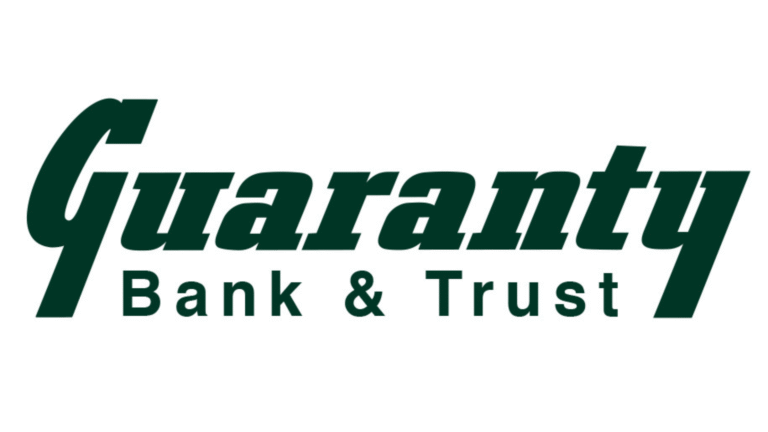
Commonwealth Bank and Netherlands-based company CFP Green Buildings have worked together to help commercial property customers identify and implement meaningful, strategic actions to improve the environmental outcomes of their building operations through a new Green Buildings Tool.
In an Australian first, the interactive digital tool uses a data-driven approach to allow commercial property customers to understand their building’s baseline predicted emissions footprint based on third-party benchmarking data and provides insights about the potential decarbonisation impact of retrofitting. The tool also estimates the scope of investments required to achieve a National Australian Built Environment Rating System (NABERS) Energy rating improvement and energy cost savings.
Commercial buildings account for 24 per cent1 of Australia’s national electricity consumption and 10 per cent of national greenhouse gas production, presenting a strong opportunity for national emissions reduction. For the past 18 years, CFP has been helping commercial property owners in Europe and UK to make their properties greener, with more than 1,500,000 buildings in Europe analysed each year.
Commonwealth Bank and CFP are proudly bringing the Green Buildings Tool to Australia. Both organisations have been working closely with the Green Building Council of Australia and NABERS. The Green Buildings Tool aims to help buildings reduce energy use and carbon emissions, and to verify these sustainability achievements through a certified NABERS rating.
Mike Vacy-Lyle, Commonwealth Bank’s Group Executive for Business Banking, said: “It’s clear that property owners have a strong interest in sustainability, but many face an uphill climb to understand the environmental impact of the buildings they own, let alone what property upgrades can really move the needle on making their buildings more sustainable.”
“Our Green Buildings Tool will provide our customers with initial insights into their building’s estimated emissions profile and potential decarbonising actions free of charge,” he said.
“Simple upgrades like LED lighting and intelligent building management systems (IBMS) systems can meaningfully reduce a property’s carbon footprint while improving energy efficiency. This, in turn, can reduce operating costs, making sustainability upgrades economically attractive and accretive to property value. We know from market research that Green buildings tend to have higher occupancy rates, higher rents and longer lease terms.2
“As the leading business bank in Australia, we want to bring new insights to both existing and new-to-bank customers and support the property sector in navigating the transition to net zero,” Mr Vacy-Lyle said.
According to Bram Adema, Founder and Managing Director of CFP Green Buildings: “Australian owners of Commercial Estate can now save weeks of time and thousands of dollars per asset on energy consulting; the Green Buildings Tool will show business cases and pathways to energy and carbon reduction instantly, empowering everyone to assess the next steps to sustainability. With the tool’s guidance, both single assets as well as portfolios can be analysed.”
In Europe, this has resulted in massive carbon reduction in buildings and homes. Bram added: “Owners suddenly could spend maintenance and renovation budgets energy efficiently, and talk to their banks, tenants and contracts on sensible next steps for their properties. We are excited about the CBA leadership and ambitious climate goals for Australian real estate.”
Carlos Flores, Director of NABERS said: “Sustainable finance is becoming a powerful force driving decarbonisation in the building sector. We welcome the efforts by CFP and CBA to significantly grow the number of Australian buildings investing in energy upgrades, and to help them verify their sustainability claims with a NABERS rating.”
Davina Rooney, CEO of the Green Building Council of Australia said: “The property sector faces a significant decarbonisation challenge to meet Paris targets. Coordinated action from the finance sector is crucial to drive this change at scale, so we welcome Commonwealth Bank’s new tool as an important step in facilitating and financing green upgrades effectively.
The CommBank Green Buildings Tool allows customers to input building information and estimate:
- Buildings’ baseline emissions footprint;
- The impact of property upgrades on the buildings’ energy and emissions profile;
- Cost of upgrades and potential energy cost savings;
- For properties with NABERS rating, view the current NABERS rating and estimate improved NABERS rating (post-upgrades);
- For properties without NABERS rating, estimate indicative current NABERS rating and improved NABERS rating (post-upgrades);
- Properties seeking finance for an upgrade will verify its effectiveness through a certified NABERS Energy rating.
- Green Star Rating System is expected to be implemented in the future
The tool covers a range of property types including office, retail, industrial, hotels, and other.
About NABERS: The National Australian Built Environment Rating System (NABERS) provides simple, reliable and comparable sustainability measurement across building sectors including offices, apartments, hotels, shopping centres and data centres. NABERS is a national program administered by NSW Department of Planning, Industry and Environment. NABERS Energy measures the efficiency of a building and rates either the base building, tenancy or whole building. An energy rating is calculated by comparing the energy consumption of a building against the sector average. NABERS Water measures the amount of water used and recycled within a building. NABERS star rating ranges from 1 to 6 with 6 stars indicating market leading performance
About GBCA: Green Building Council of Australia (GBCA) is the nation’s authority on sustainable buildings and communities. Our mission is to accelerate the transformation of Australia’s built environment into one that is healthy, liveable, productive, resilient and sustainable. We work with industry and government to encourage policies and programs that support our mission. We educate thousands of people each year on how to design and deliver sustainable outcomes for Australia’s buildings and communities. And we operate Australia’s only national, voluntary, holistic rating system for sustainable buildings and communities – Green Star.
Source link:https://www.commbank.com.au/





